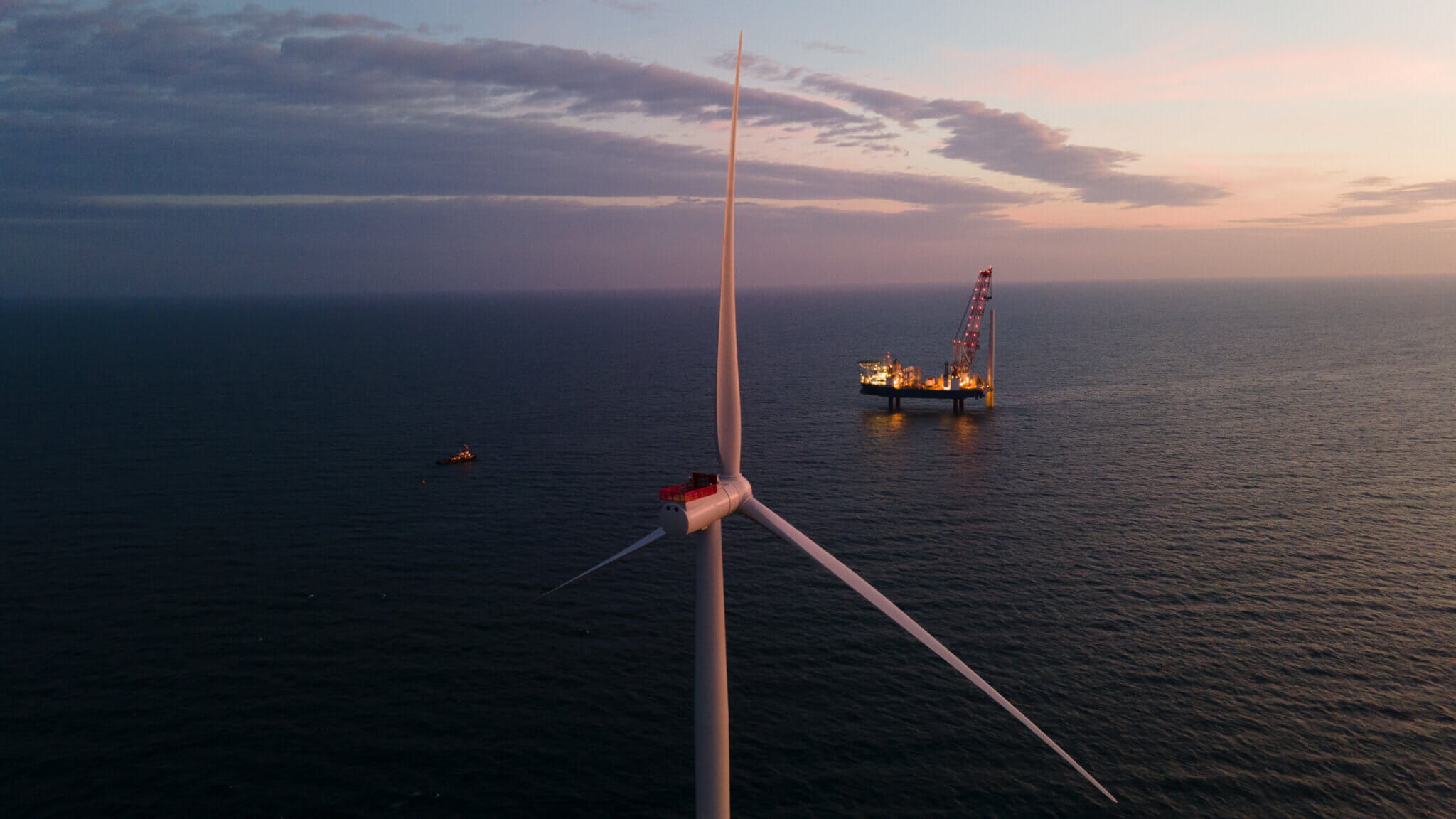BOEM’s NEPA Screening Criteria for Offshore Wind Projects Are a Big Step Toward Permitting Certainty
While a recent announcement from the Bureau of Ocean Energy Management (BOEM) may have flown under the radar – overshadowed on the same day by announcements from President Joe Biden and eleven governors rolling out a Federal-State Offshore Wind Implementation Partnership, along with a separate BOEM release of an eagerly awaited Draft Fisheries Mitigation Strategy – the new guidance from BOEM on identifying alternatives for its National Environmental Policy Act (NEPA) reviews of offshore wind projects, released in collaboration with the National Oceanographic and Atmospheric Administration (NOAA) and the U.S. Army Corps of Engineers, could be just as important in catalyzing a new industry, creating tens of thousands of American jobs, and helping address the climate crisis.
For context: in early 2021, President Biden announced an ambitious goal of deploying 30,000 megawatts (MW) of offshore wind off the coast of the United States by 2030. With only seven wind turbines constituting 42 MW currently spinning in American waters, and an additional 920 MW approved for construction last year (Vineyard Wind 1 and South Fork Wind Farm), the industry’s capacity to meet this administration’s goal hinges on BOEM’s ability to efficiently review and approve the 11 offshore wind project construction and operations plans (COPs) currently in the pipeline – as well as the many more COPs anticipated in the future.
One of the biggest bottlenecks for these reviews has been the selection of a “reasonable range of alternatives” to the offshore wind project proposal for BOEM to analyze, as required under NEPA.[1] Under longstanding law, this range of alternatives for an applicant-driven project approval must account for the goals of the applicant and the economic and technical feasibility of a project.[2]
Offshore wind developers must procure components and highly specialized installation vessels years in advance of project construction – especially in the U.S., where a domestic supply chain is still in the early stages of development. Developers need certainty that if their projects are approved, they won’t be required to radically alter project designs and go to the back of the line with their contractors and subcontractors.
BOEM’s new guidance represents a quantum leap toward providing this badly-needed regulatory certainty. The guidance states that BOEM should not fully analyze an alternative to the proposed project unless it:
- Fulfills the Bureau’s “purpose and need” in reviewing the project (e.g., is within BOEM’s legal authority to approve);
- Meets the primary goals of the application (e.g., allows the developer to satisfy its contractual obligations to provide power without triggering project delays or allows it to compete in upcoming power offtake solicitations);
- Is technically, economically, and environmentally feasible, demonstrating that these projects can be constructed using commercially available technology, does not increase costs , or would not create environmental harms that outweigh the purported benefits.;
- Would avoid or substantially lessen a significant socioeconomic or environmental impact;
- Is not remote or speculative (i.e., is sufficiently concrete to be analyzed); and
- Is not duplicative in design or environmental/socioeconomic effects.
ACP believes these criteria will help expedite the environmental review process by limiting the amount of time that agencies spend suggesting – and that BOEM subsequently spends analyzing – inappropriate and ineffective alternatives whose consideration will not improve the environmental review process or projects themselves. This, in turn, will allow reviewing agencies to devote more resources to the most important part of the review process: analyzing project effects and benefits and working with developers to develop workable mitigation measures.
ACP also believes that these criteria will encourage earlier and more open communication between agencies and developers during the project development phase, and the avoidance of surprises later in the process when it may be too late to make radical changes to project design and installation methods. Additionally, ACP and its members look forward to working closely with BOEM and its cooperating agencies to ensure this guidance is consistently implemented. Only then can the certainty and efficiencies that this guidance promises be fully realized.
_______
[1] 40 CFR 1508.1(z)
[2] See, e.g., Citizens Against Burlington, Inc. v. Busey, 938 F.2d 190 (D.C. Cir. 1991).

